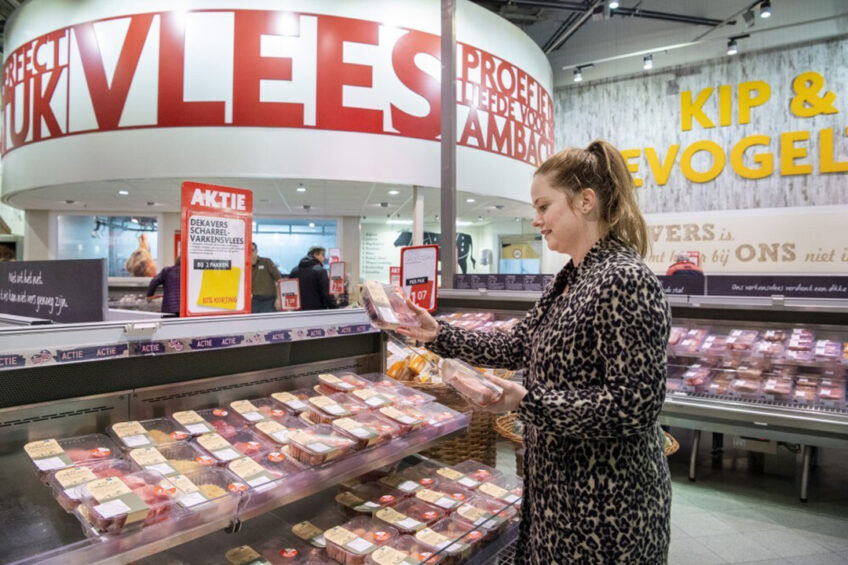Demand for poultry meat in EU set to slow

Demand for poultry meat across the European Union is set to slow over the next decade, according to the latest European Commission Outlook report.
While EU poultry consumption rose by 2% between 2011 and 2021, forecasters are suggesting there will be just a 0.5% rise per year between 2021 and 2031, with consumption per head growing from 23.5kgs in 2021 to 24.8kgs in 2031.
Growth will be driven by continued changes in consumer preferences:
- A healthier image of poultry compared to other meats (pig meat is set to decline by 0.9% year-on-year)
- Ease of preparation
- The absence of religious constraints regarding its consumption.
Adapting swiftly to the changes in demand, EU poultry production is expected to continue to increase by just 0.4%, which is far slower than the 2.6% registered in the past decade.
Poultry exports from the EU
Furthermore, the European Commission does not believe there will be a huge boost in EU exports during the decade, following 10 years of healthy (3.7%) expansion per year in the 2011-2021 period. The main products exported will be those less in demand in the EU – wings, legs, and offal. But with fierce competition from Brazil, an increase in EU poultry exports is set to be limited until 2031.
However, it does believe several export opportunities do stand out. The expected rise in total imports from Sub-Saharan Africa, Colombia and the Philippines, along with the new UK market post Brexit, could reach 178,000 tonnes per year until 2031. The report suggests a rise of 1 mt to sub-Sahara Africa (+55%), 440,000 more tonnes to Colombia (+177%) and 150,000 tonnes to the UK (+25%).
Meanwhile, while China imported pig and poultry meat to compensate for losses stemming from Asian Swine Fever, it is likely to reduce poultry and pig meat imports. Poultry exports to China and Russia are expected to slip by 40% and 53%, respectively. As a result, the EU could lose share in global trade, from 16% in 2021 to 13% in 2031.
EU poultry imports, mostly supplying the foodservice sector, should recover and reach almost pre-Covid-19 levels by 2026.
Prices are expected to stabilise at a high level, slowly increasing towards EUR 2,000/t by 2031.
The report can be found
here
.












